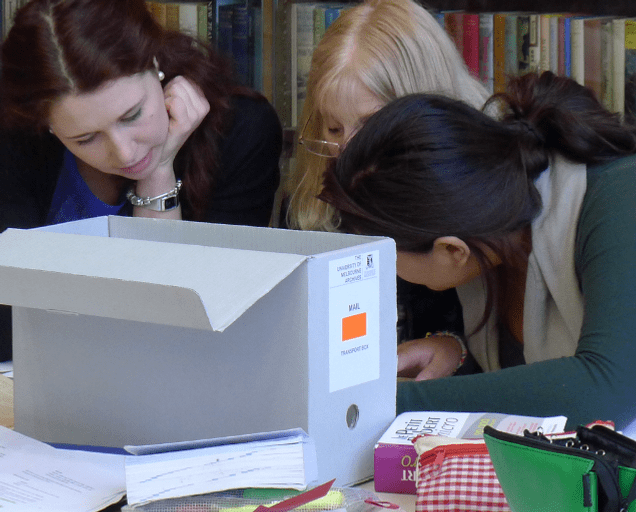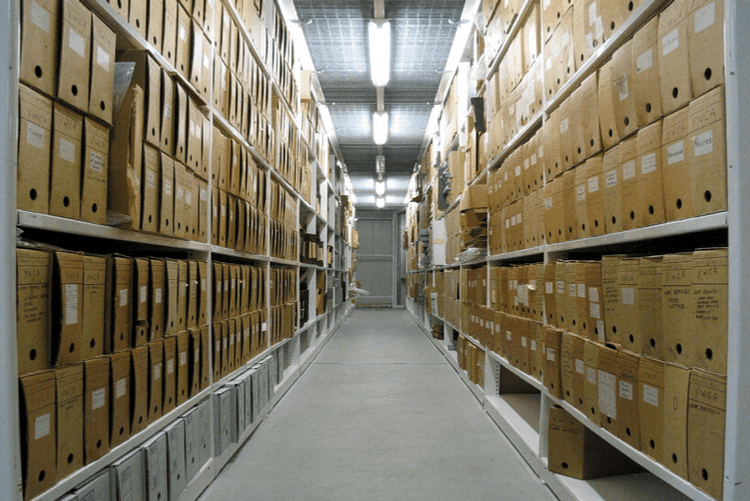This online exhibition explores aspects of the lives of young Australians in France and Belgium during the First World War. Away from the harrowing experiences of the trenches, many soldiers who could not go home on their much sought after leave embraced the chance to explore the old continent, visit relatives in Blighty (England), and learn about the local culture. A century later, this exhibition brings together diaries, photos, fragments and objects which were carefully kept as a reminder of that extraordinary time. It explores how these volunteers entertained themselves, where they travelled, and their encounters with the French people, language and culture.
Cette exposition explore la vie de jeunes Australiens envoyés en France et en Belgique pendant la Première Guerre Mondiale. Ne pouvant rentrer chez eux, nombreux sont ceux qui, loin des horreurs des tranchées, entreprirent d’explorer le Vieux monde, Paris notamment, ou de rendre visite à des proches en Angleterre (Blighty en argot des troupes), ou de découvrir la culture locale au cours de leurs permissions. Un siècle plus tard, cette exposition rassemble carnets, photos, fragments et objets qui ont été précieusement conservés en témoignage de cette période extraordinaire. Elle montre comment ces volontaires du bout du monde se divertissaient, où ils ont voyagé, quelles furent leurs rencontres avec le peuple français, sa langue et sa culture.
-
Fighting boredom I: reading and writing on the front
Soldiers spent much of their leisure time writing to family members as well as reading and even drawing and painting when they could get the materials.
-
Trench journal
As well as conventional books, small often roughly printed publications produced by the soldiers themselves were eagerly consumed. These have since become known as ‘trench’ magazines.
-
Vive La France!
In September 1918 a French trade mission arrived in Australia led by General Pau. Although the trade and industry goals of the mission were not achieved, it was enormously successful in raising funds for the French Red Cross.
-
Fundraising
The First World War brought France into sharp focus for many Australians. Throughout the war, concerts and fetes regularly raised money for the French Red Cross among other charity organisations.
-
Parley Voo?
Most Australians in France did not speak French. Encounters with civilians were often conducted in a vocabulary of hybrid French phrases and words.
-
Fighting boredom II: entertainment
Away from the trenches, boredom was the soldier’s worst enemy. To keep themselves busy, they spent their leisure time writing letters, reading, drawing, singing, drinking, playing sport and games, gambling, visiting brothels and being entertained by movies and theatrical performances.
- Close to 420,000 Australians volunteered to fight in World War I. More than 60,000 were killed and 150,000 wounded. The vast majority of soldiers (295 000) served in France and Belgium from March 1916 to the end of the war in 1918. 46,000 Australian soldiers lost their lives and 130 000 were wounded on the Western front.
- Près de 420 000 Australiens se sont engagés dans le conflit. Plus de 60 000 sont morts et 120 000 ont été blessés. La plupart d’entre eux (295 000 engagés) ont servi sur le front ouest de mars 1916 jusqu’à la fin de la guerre en 1918. 46 000 Australiens ont perdu la vie sur ce front et 130 000 furent blessés.

This online exhibition evolved from an innovative teaching project developed by the French Studies Department and the University of Melbourne Archives in which 150 undergraduate students participated over a three year period (2013-2015). The project was initially exhibited in Melbourne in March 2016 with the support of the Collier Charitable fund to coincide with the centenary of the arrival of the Australian troops on the Western front. It was further developed to its current travelling form in 2018 and a modified version is currently showing at the Musée de la Ville, Nouméa, New Caledonia.
Cette exposition découle d’une initiative pédagogique originale conçue par le département d’études françaises et le Service des archives de l’Université de Melbourne à laquelle 150 étudiants de licence ont participé sur trois ans (2013-2015). Ce projet a été initialement exposé à Melbourne en 2016 avec le soutien financier du Collier Charitable Fund afin de commémorer le centenaire de l’arrivée des troupes australiennes sur le front ouest. L’exposition a été développée dans sa forme nomade actuelle en 2018 en collaboration avec le Musée de la Ville de Nouméa, Nouvelle Calédonie où une version modifiée est actuellement exposée.

The documents and ephemera in this exhibition are drawn from the rich collections of the University of Melbourne Archives. They represent just a fraction of the World War I material available for researchers and historians to consult. Because of the exhibition’s focus on the Western Front, material relating to Egypt, Gallipoli and the recently donated Red Cross Archive have not been included. Visit our achives website for more information.
Les documents présentés dans cette exposition puisent dans les riches collections du service des Archives de l’Université. Ils ne représentent qu’une modeste fraction de la collection disponible sur la Première Guerre mondiale. Ainsi, les collections concernant l’Egypte, Gallipoli ainsi que les archives récemment acquises de la Croix-Rouge n’ont pas été incluses. Pour plus d’information, veuillez consulter le site des archives.